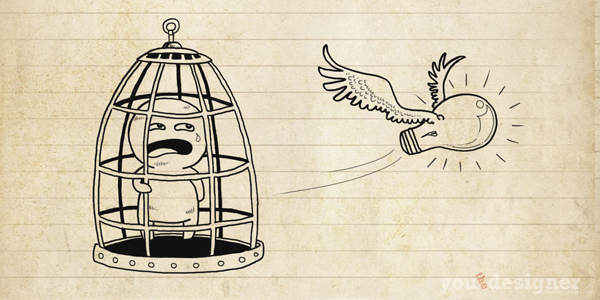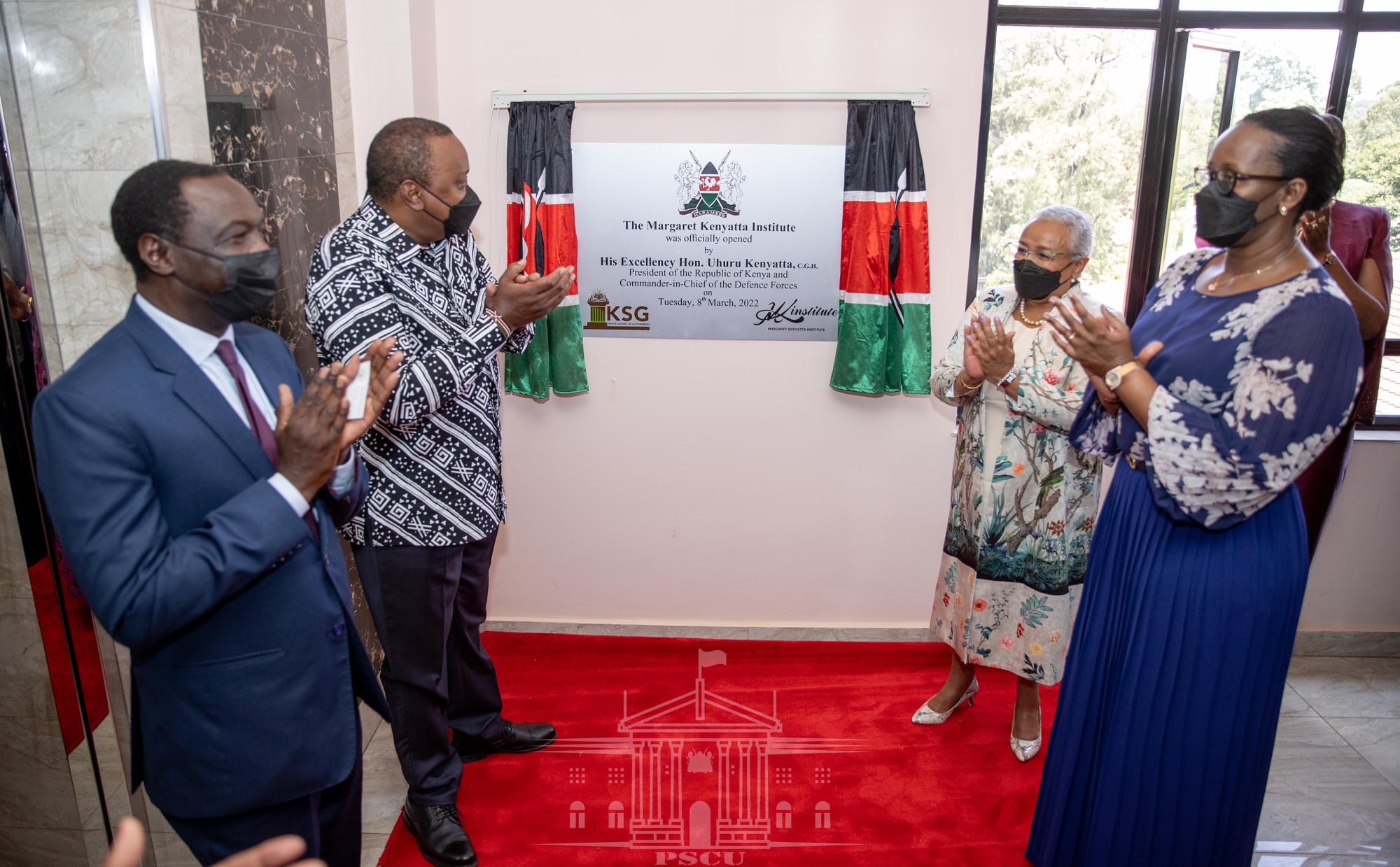Chelsey, 19 years old got pregnant recently and at 8 months had a stillbirth. “My mum took me to the hospital to get washed and stitched. I am pregnant again, two weeks now, I don’t know what to do, I don’t know how to tell my mum.”
For many mothers who experience stillbirths, it comes with a cloud of pain and shame. The pain of the loss of a baby that you would have one day held in your arms and shame that your body could have done better for the baby growing inside you.
A mother’s instincts begin at the conception of the embryo, the body begins to show changes as the baby in the womb grows, and so is a mother’s mind and senses in response to the pregnancy.
In several Sub-Saharan countries access to good health care and specific maternity care is unreachable for most.
Globally, around 2 million stillbirths occur every year – one baby dies every 16 seconds leaving behind a grieving mother and family. Sub-Saharan Africa accounts for 64% of all stillbirths, with women in these settings being around eight times more likely to experience stillbirth than those living in high-income countries. In Kenya, the stillbirth rate is reported at 19.7 per 1,000 births. Responding to international targets, Kenya aims to reduce this rate to less than 12 per 1,000 women by 2030. – NIHR Global Health Research Group on Stillbirth Prevention and Management in Sub-Saharan Africa, Kenya Report 2021
Many mothers like Chelsey have to live with the fear that they could easily lose their next pregnancy because of the uncertainty of the health care systems in 3rd world countries like Kenya, especially in rural areas.
An article by Clevelandclinic.org states the reasons for stillbirths go unexplained for 1/3 of the cases. The other 2/3 may be caused by problems with the placenta or umbilical cord, high blood pressure, infections, birth defects, or poor lifestyle choices.
The hope is that these continued reports would ring a bell to Kenya’s Health ministry to gear up for major improvements in its health care.







